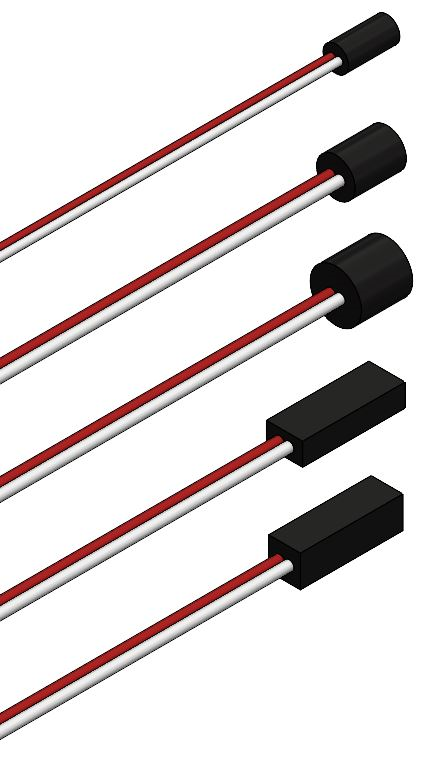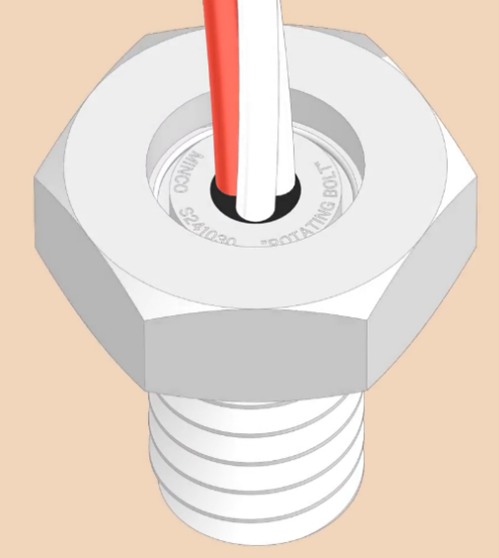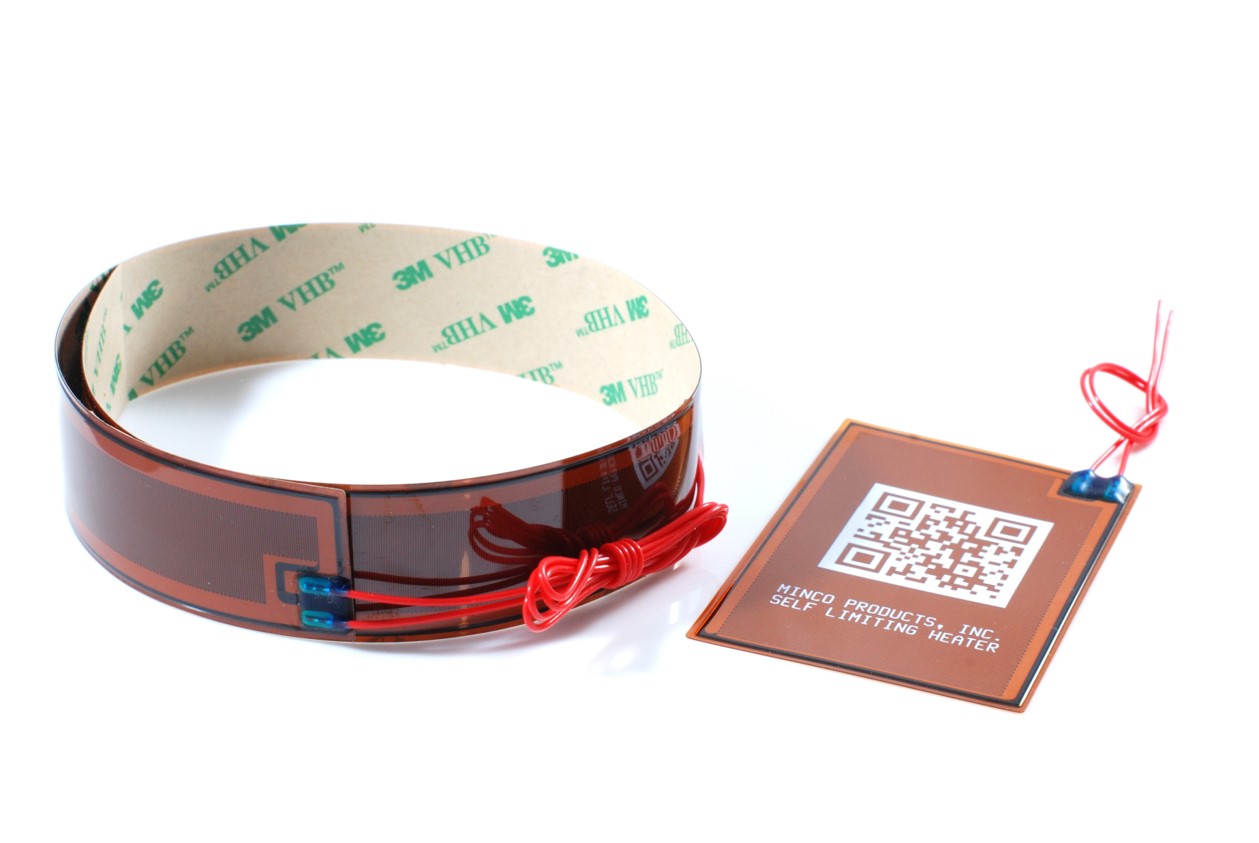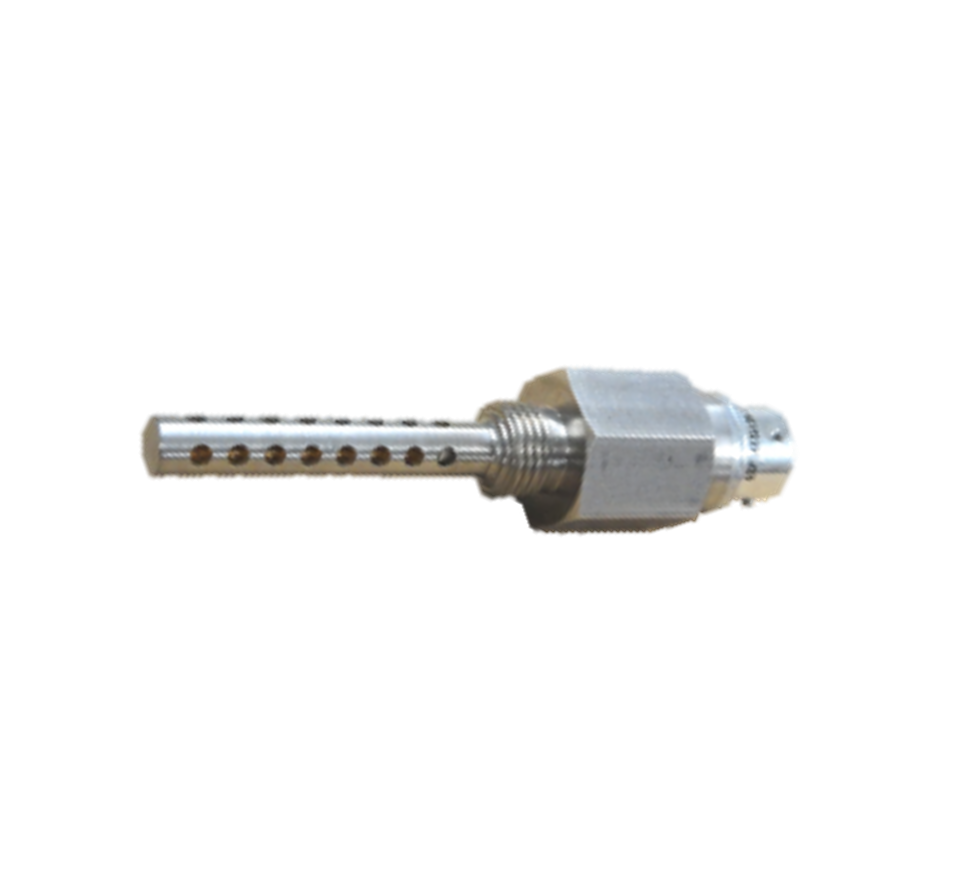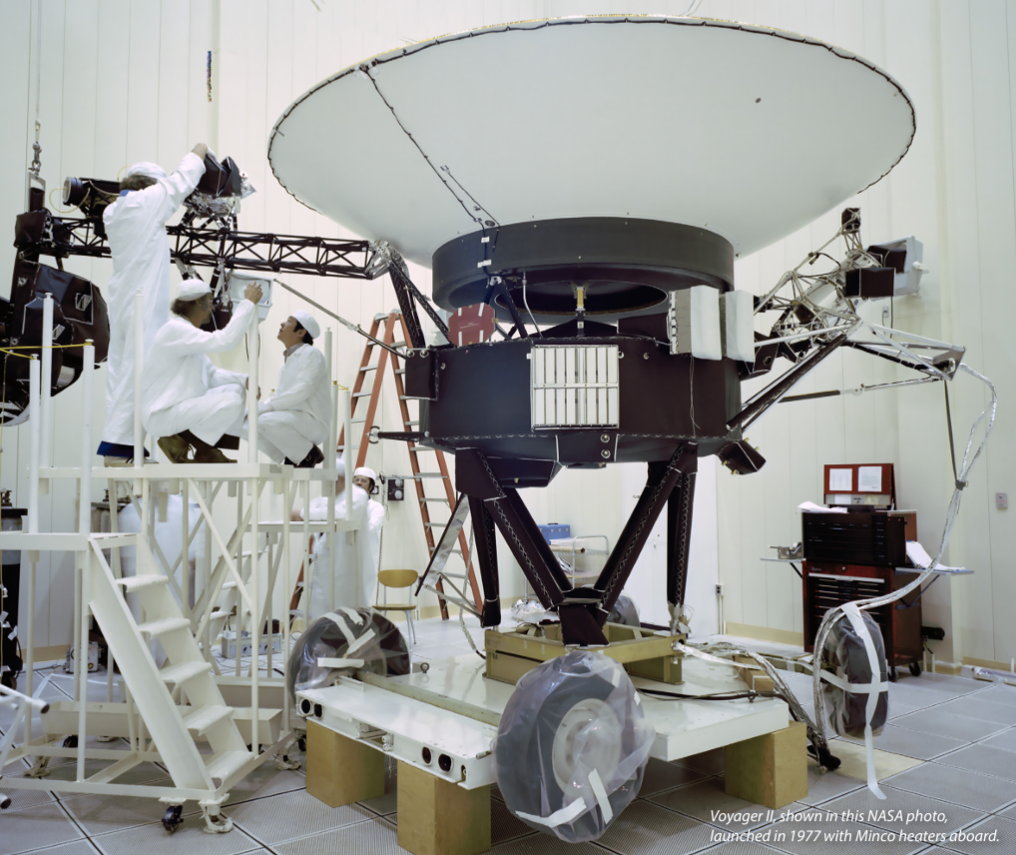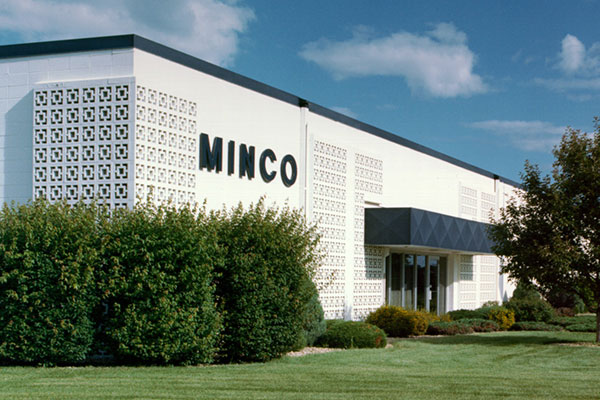By Minco Staff
Sensor leads often live in pretty tough neighborhoods.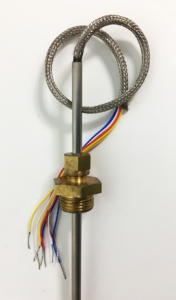 Physically, they may have to negotiate tight corners, sharp edges, vibration, and impacts of various sorts. Electrically, they may be surrounded by all sorts of components and wiring operating at significantly higher voltages than the sensors. If the sensors are to perform effectively, they need to be protected from both physical and electrical challenges. Knowing what protection your sensor leads will require will help you order sensors with appropriate leads.
Physically, they may have to negotiate tight corners, sharp edges, vibration, and impacts of various sorts. Electrically, they may be surrounded by all sorts of components and wiring operating at significantly higher voltages than the sensors. If the sensors are to perform effectively, they need to be protected from both physical and electrical challenges. Knowing what protection your sensor leads will require will help you order sensors with appropriate leads.
The biggest mechanical risk to sensor leads often occurs during installation. Wires can be struck, compressed, or bent when a system is being assembled, weakening or breaking the leads. Risk can be reduced using path control and minding bend radius, particularly around corners and through holes. After installation the biggest risk is generally vibration that, over time, can wear through lead wire insulation and produce breaks or shorts. The most common form of mechanical protection is rugged stainless steel braid (SSB). It can be configured with or without a flexible polymer jacket, typically made of fluorinated ethylene propylene (FEP or Teflon™). Basic mechanical protection can be provided by an FEP jacket alone, while the highest level of mechanical protection is armor, a thin, flexible, solid metal conduit completely enclosing the lead wires.
Electrical protection of lead wires can be more challenging. The sensors themselves, along with terminations can be designed for low- or non-inductance operations. Lead wires, however, can act as antennas and must be protected from ambient electrical fields that can induce noise in the sensor wires. Sensors operate with low current and are considered passive devices. For this reason, it takes very little induced current to throw off their readings, and that induced current can be generated by a variety of devices from motors and generators to servos and relays.
Twisting the lead wires helps cancel the effect of an electrical field and is the first small step in resisting induction of current. If more protection is needed, metal braid is again a popular solution, but in this case silver-plated copper braid (SPC), always coupled with a polymer outer jacket, is more effective at blocking induced current than stainless steel braid. Coverage by silver-plated braid can vary, but more complete coverage will increase resistance to induced current. Coverage may not be listed among a lead wire’s specs, but at Minco, our minimum braid coverage is 90 percent.
If more complete coverage is required, aluminum foil shield offers 100 percent coverage, but provides less mechanical protection than braid. In choosing lead wire configuration, keep in mind that stainless steel braid provides better mechanical protection, while copper braid is softer and provides less mechanical protection but more prevention of induced current. If you need both mechanical and electrical protection, SPC braid with a polymer jacket provides a good balanced level of protection.
If the proper choice of protection schemes isn’t obvious, at Minco we’re always available to help with your lead wire protection decisions. Learn more about Minco’s temperature and humidity sensors or contact us today to learn how we can help with your next project.
